There is something very gently animated about Matt Somerville’s Hampshire workshop. Around the edge chickens roam through flowering meads and long grass, and a little farther away, against a backdrop of beech trees swaying in the wind, is a group of tall, wooden sculptures that are distinctly alive in design.
With their pointy hats and long ambling limbs these structures look as though they might march off through the meadows and into woods at any minute. But move
a little closer, slow down and really look, and you see that they are alive in another, unexpected way, as swathes of bees alight and take flight. For these aren’t really sculptures at all, but bee hives made from hollowed-out logs and perched above head height so you can watch the bees without disturbing their flight path.

These quirky rocket hives have charm but they also have a practical, scientific, even philosophical, purpose. The bees that live in them are wholly autonomous, you don’t get to manipulate them or for that matter take any honey. Each hive is fashioned from a single log (roughly 1m x 50cm) of Douglas fir or larch, which Matt hollows out using first a chainsaw then a long gouge, leaving a 10cm wall for vital insulation. Matt adds holes to let the bees in and out, a reed hat or waterproof membrane for more insulation, and a removable base so hive owners can keep an eye on the colony, but nothing else. Everything, is designed to allow bees to be bees and form strong, healthy colonies capable of coping with varroa, viruses and other pathogens. “Many things in honey-driven beekeeping are against bee health,” Matt explains. “The shape of the hives is wrong, and the practise is only efficient because of feeding bees sugar to replace the honey taken.”
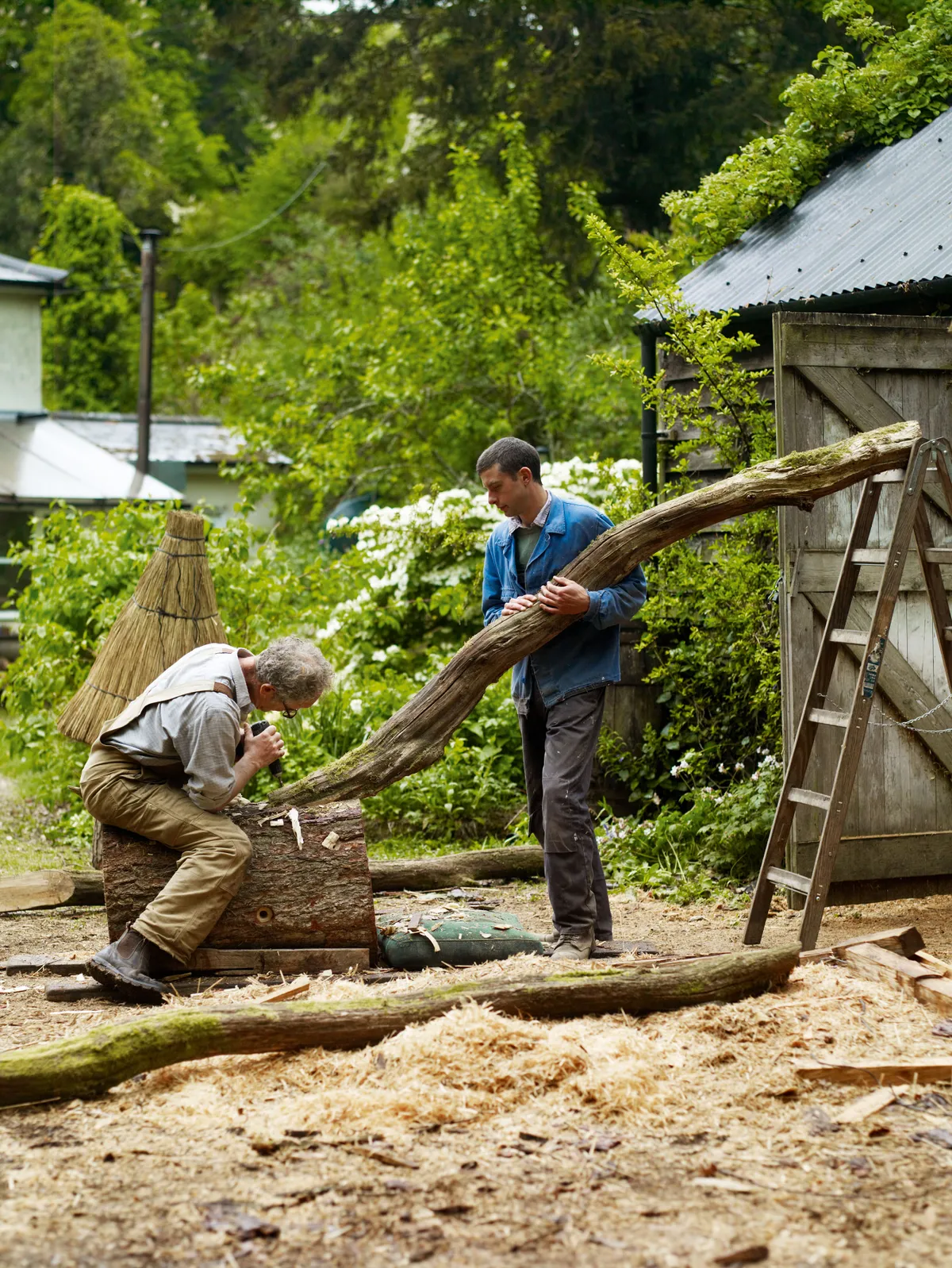
Matt used to keep bees that way himself. Although, by profession he’s as a cabinet maker, he studied agriculture at college and it’s still in his blood. Shortly after he and his wife Emily moved to Hampshire he bought a cider orchard where in spring he loved to lie on the grass listen to the bees buzzing in the blossom. Until one day he couldn’t hear them. He’d read about the decline in bee numbers and felt compelled to do something, so he signed up for a beekeeping course.
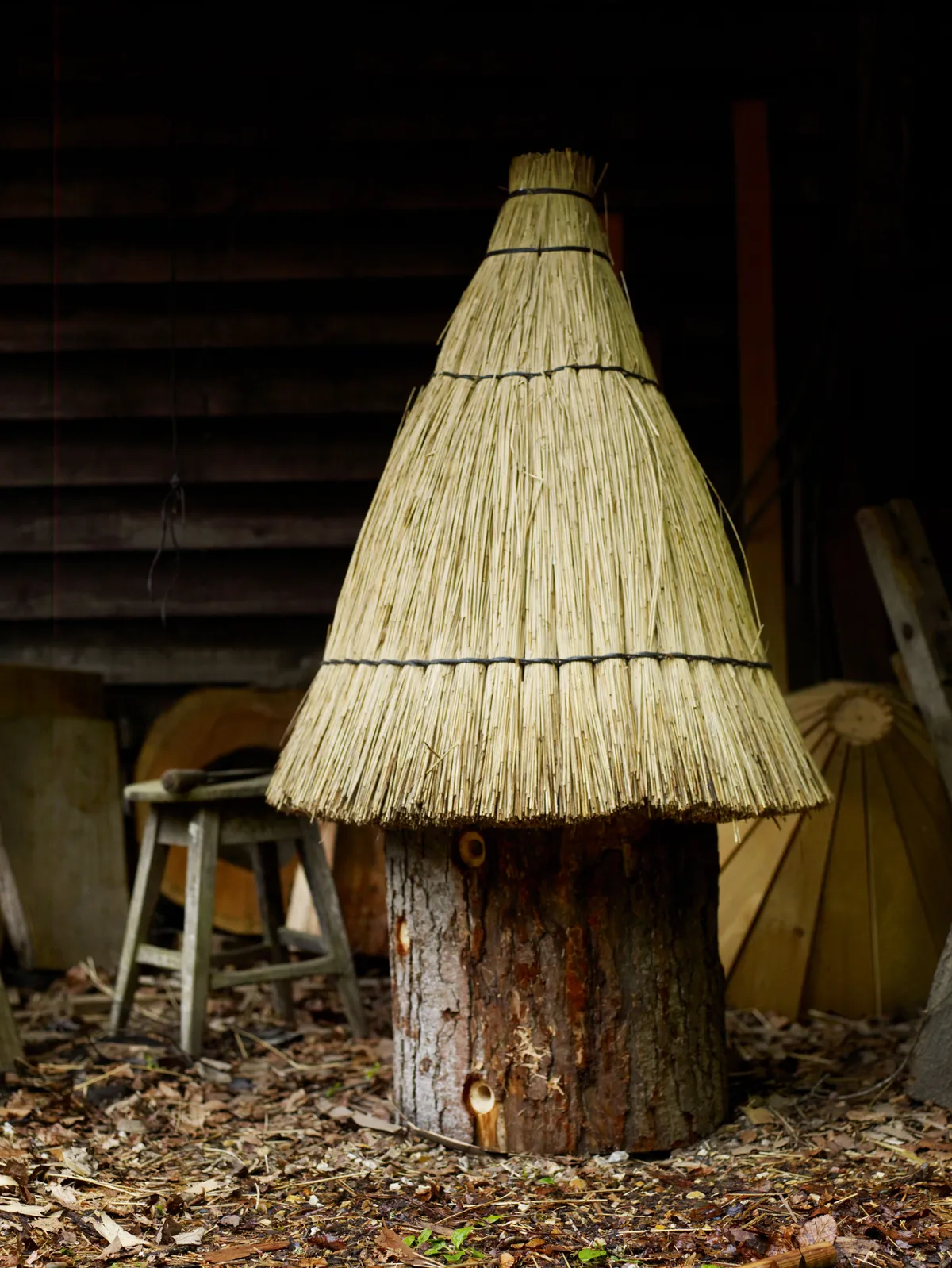
“Like many people, I got into beekeeping thinking that it was a way to help out,” he says. “At that point I didn’t know about all the chemicals, the suppressing of swarming and the manipulating.” Then around 12 years ago he had what he describes as his Damascene moment. One day one of his hives swarmed, so he chased after it, and saw that when the swarm came to a tree with a long slit the bees went in. “All I’d heard was that bees couldn’t survive in the wild,” he says, “but it wasn’t true. I knew then what I needed to be doing to help the bees.”

Reading Honeybee Democracy by bee expert Thomas Seeley added science to what he had observed. One of Seeley’s ideas is that bees like to nest at around 4-5m high, which corresponds to the height at which larger branches often rot away, creating a hole in the trunk. “It’s why bees like eaves in a roof,” says Matt. It’s also why Matt’s hives can also be strapped to a mature tree, where they can be left largely undisturbed. Our instinct to marvel at the architecture of combs is strong, but if you have to get a ladder to do so you’re less likely to meddle.
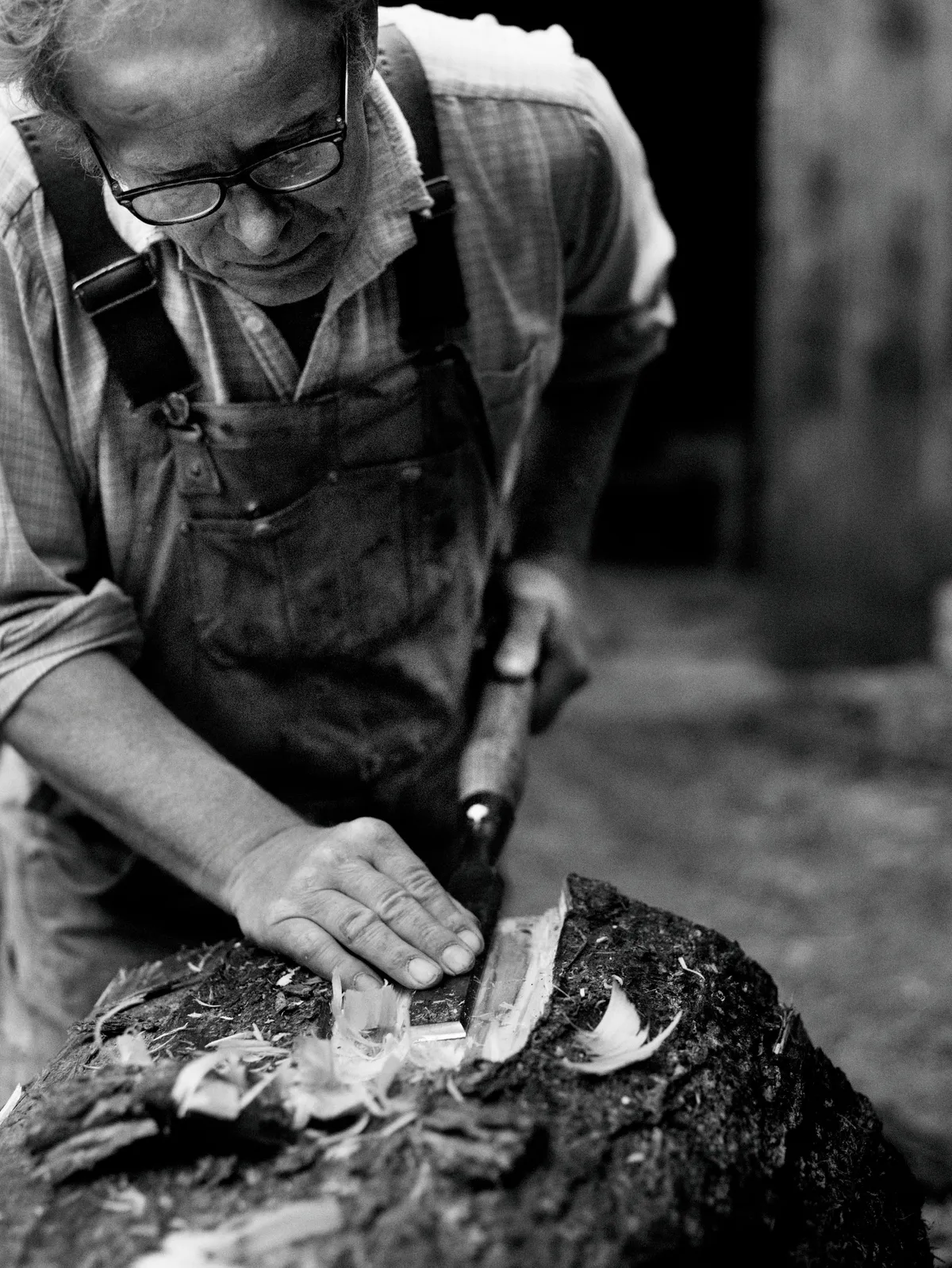
For those without a suitable tree, Matt’s rocket hives offer the ideal opportunity to stand and watch. And both types of hives have now found their way into everywhere from farms and orchards to schools and prisons, and a great many gardens both large and small. As well as making the hives Matt also installs them advising customers on the best position for their hive, which is normally an open glade or the edge of a wood. He also uses a few tricks, such as fitting a portion of old comb, and rubbing the wood with propolis and lemongrass, to encourage the bees to make this their home. This can take several weeks or as little as an afternoon, but once the bees find the hive the rewards are greater than any honey.

“It’s lovely to watch in the summer, in the evening when they come out to fan and there’s this gentle hum,” says Matt. “It’s something that you don’t really get to experience with a hive on the ground. Watching bees has also changed the way I garden. You start by focusing on the flowers but if you learn to look, you’ll see the flower is alive with life. That’s what bees teach – how to become a bee watcher rather than a bee keeper.”

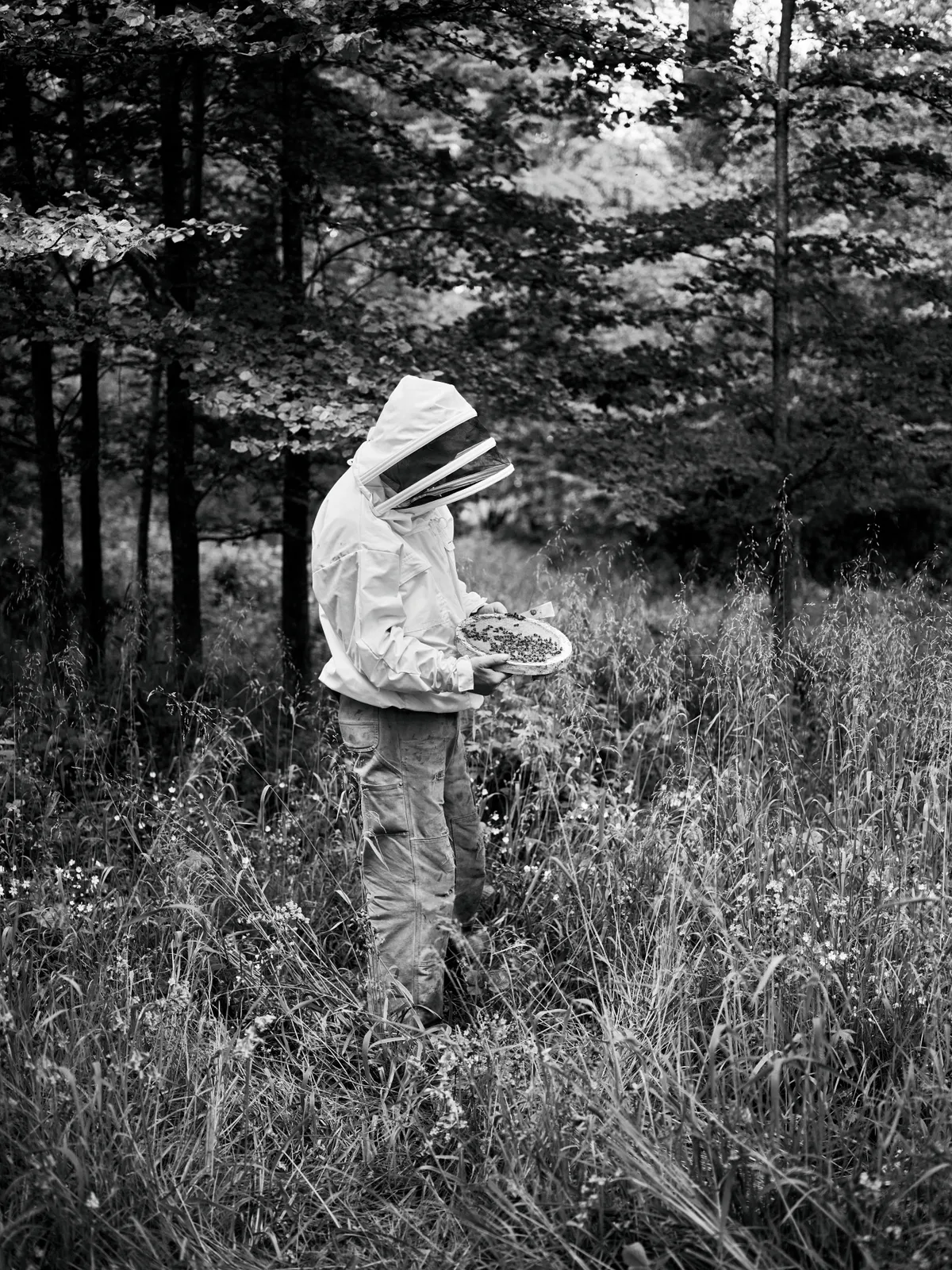
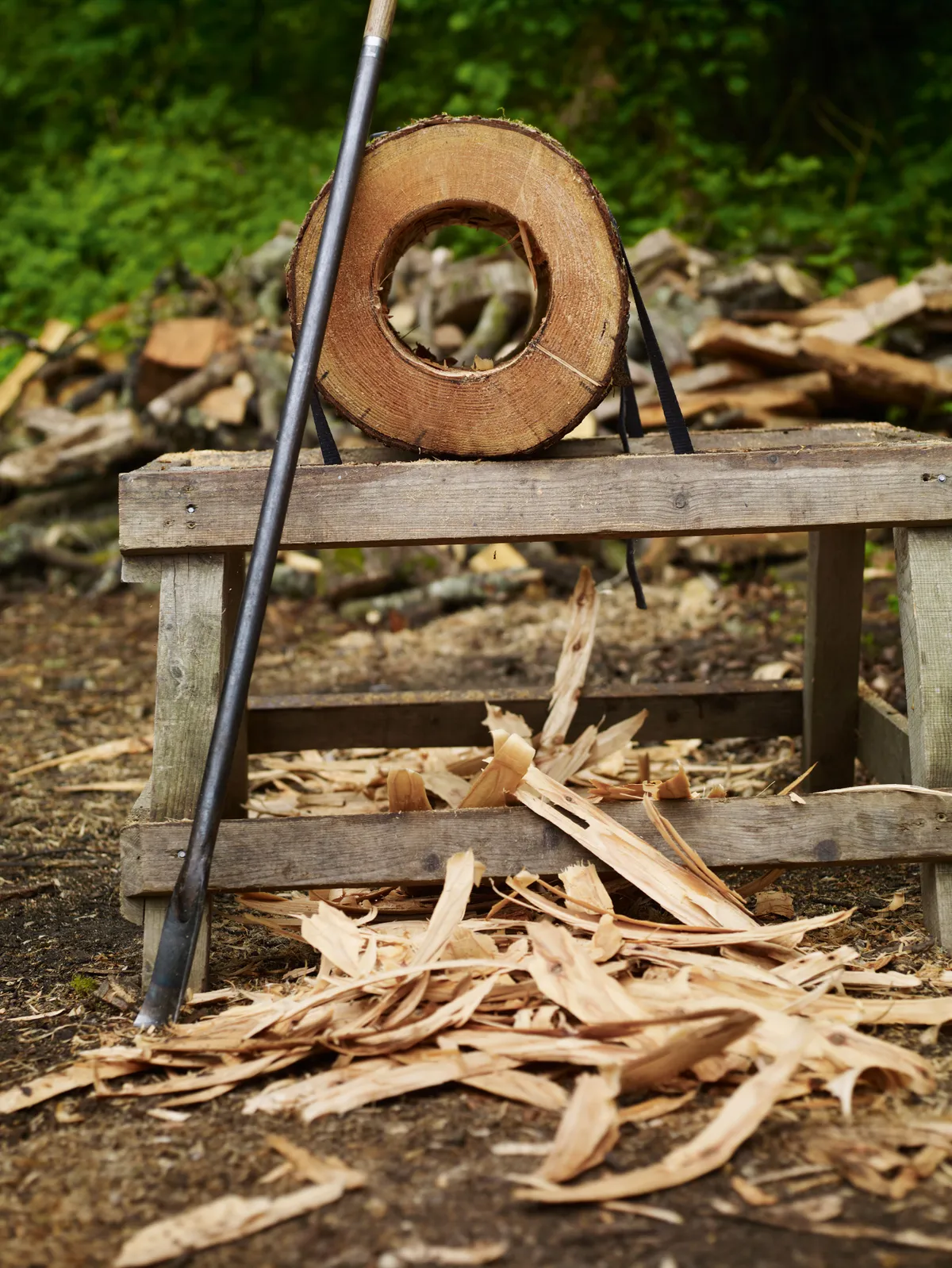
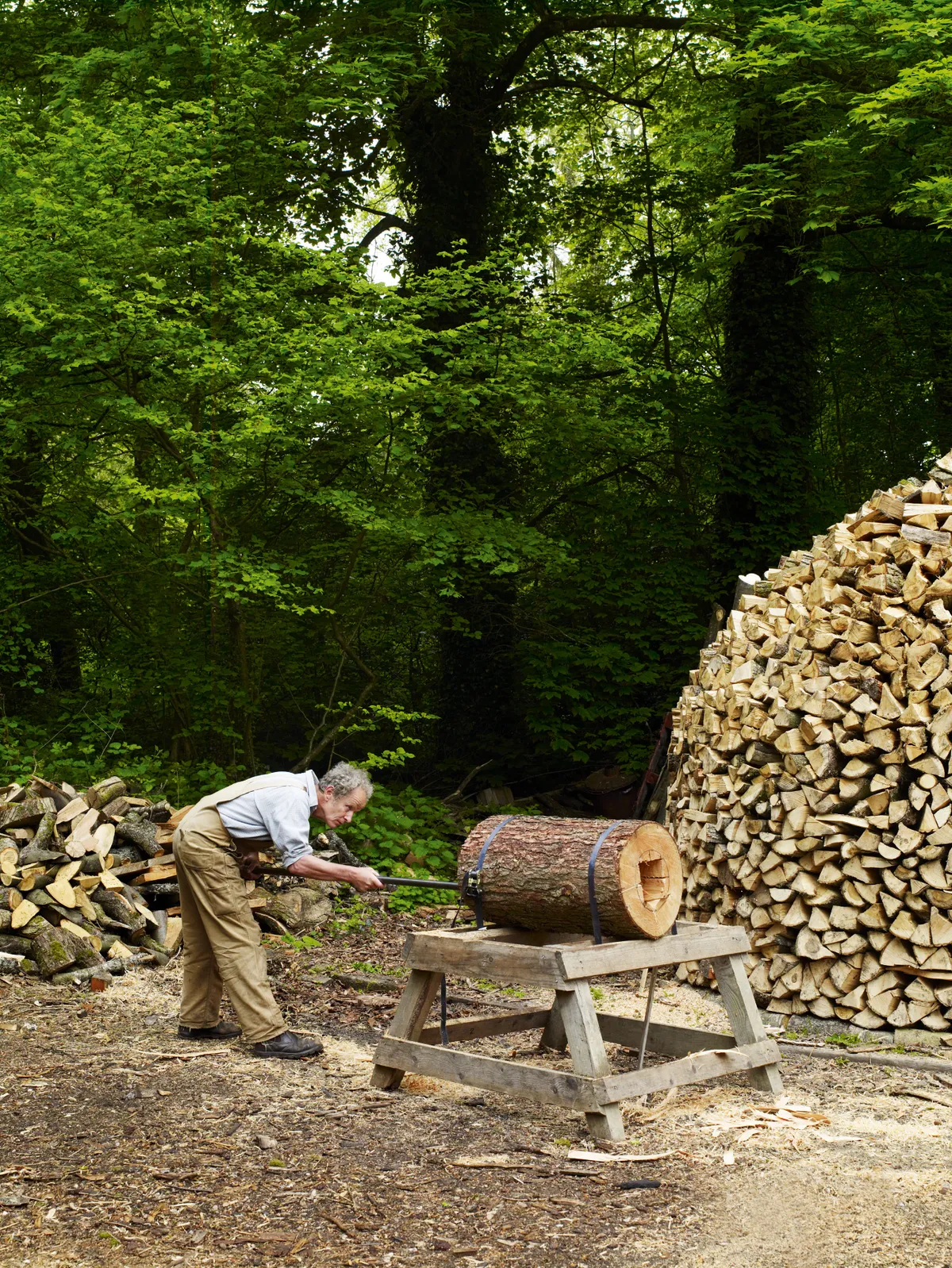


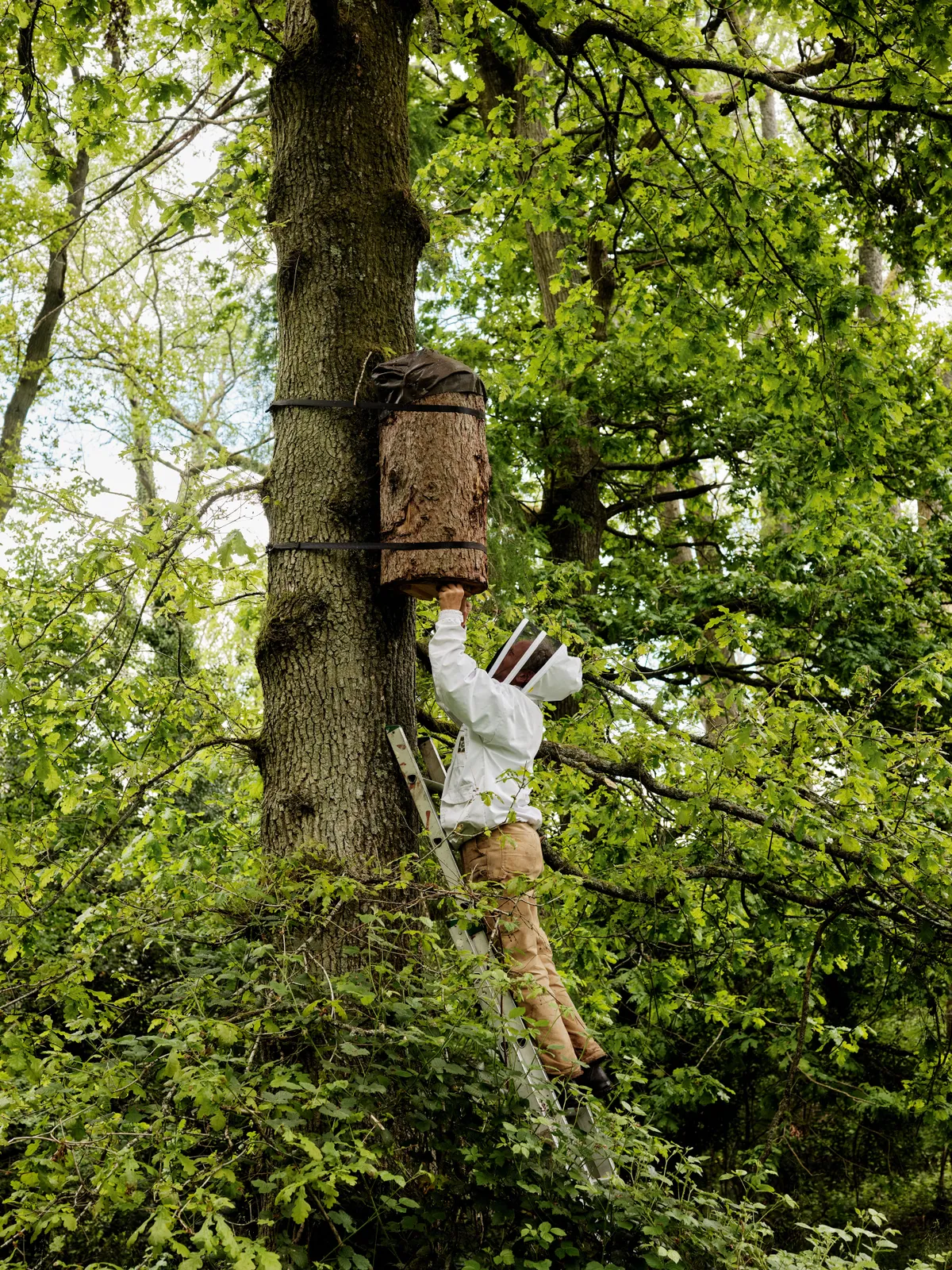

Find out more about Matt’s freedom hives at beekindhives.uk and follow him on Instagram @_beekindhives_
Head to our guide on how to make a wildlife garden.
This feature appeared in the July issue of Gardens Illustrated. Subscribe to the magazine here.